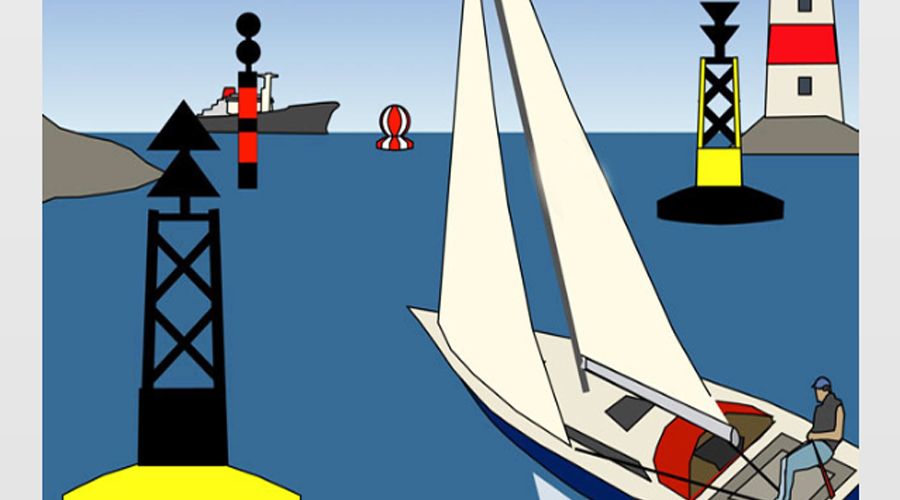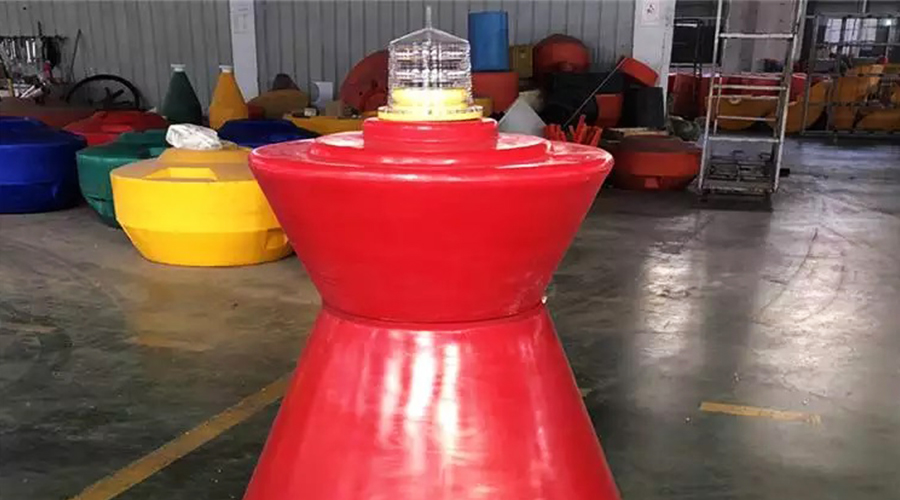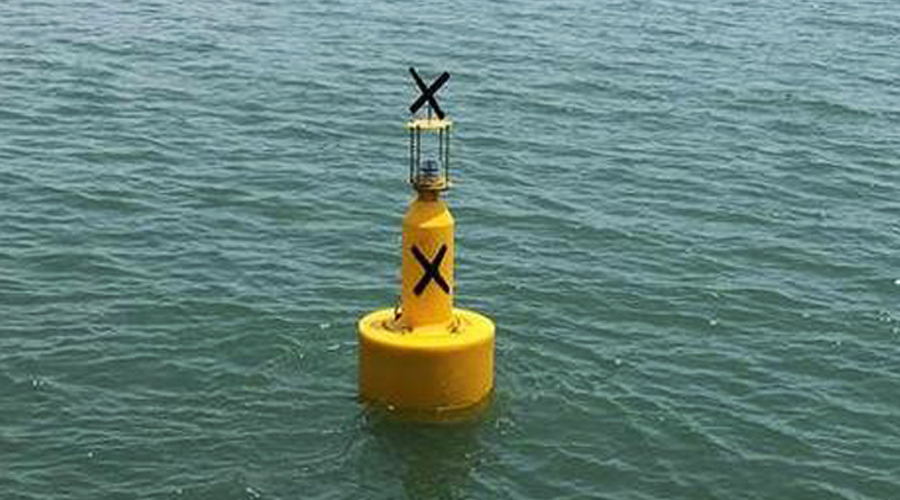Regarding the functions of white lights on buoys, following the previous article, today we will continue to learn about their functions.
The Function & Significance of Solar Marine Buoy Light
1. Navigation & positioning
White navigation lights are mainly used to indicate safe waterways, port boundaries and important locations.
According to the IALA buoy system, white lights are often used for azimuth marks (such as the centerline of the waterway) and safe waters marks (such as the edge of the shoal).
For example, in the midstream waterway of rivers, LED white solar marine navigation lights mark deep water areas to guide ships to avoid reefs and shoals. Its functions include:
- – Channel guidance: indicating the direction of navigation through fixed light or flashing mode;
- – Position confirmation: assisting ship positioning, especially when electronic navigation equipment fails;
- – Efficiency improvement: optimizing route planning and reducing fuel consumption caused by detours.
2. Warning & risk management
Although white solar buoy lights are not as eye-catching as red or yellow, their stability and long-term visibility are irreplaceable in specific scenarios. For example:
- – Port entrance: white lights and red/green lateral markers are used to clearly define the left and right boundaries of the channel;
- – Night navigation: high-brightness LED light source 1-4NM ensures long-distance identification;
- – Emergency: some models support customization of 350 flashing codes to provide the necessary signals for ships in distress.
3. Economic & environmental value
The application of solar light technology has significantly reduced the operating costs of navigation lights.
Taking the Yangtze River waterway in China as an example, the annual maintenance cost of traditional acetylene gas lamps is about $3,000/unit, while solar lights for navigation aids have almost zero consumables after initial investment.
In addition, green energy reduces carbon emissions and meets the “dual carbon” goals of the global shipping industry. According to statistics, a set of solar buoy lights can reduce carbon dioxide emissions by about 500 kilograms per year.
Application of White Lights On Buoys
In addition to traditional waterways, marine buoy lights are gradually used for:
– Marine ranches: marking the boundaries of breeding areas to prevent ships from entering by mistake;
– Offshore wind power: solar lights warning of restricted areas around wind turbines to ensure ship safety;
– Ecological monitoring: equipped with water quality sensors to achieve real-time feedback of environmental data.
Solar white lights on buoys are not only a product of technological innovation in navigation equipment, but also a microcosm of green shipping and smart ocean construction.
With sustainability, high reliability and versatility, ocean navigation lights have reshaped the traditional navigation system and have shown broad application prospects in the context of global carbon neutrality.



